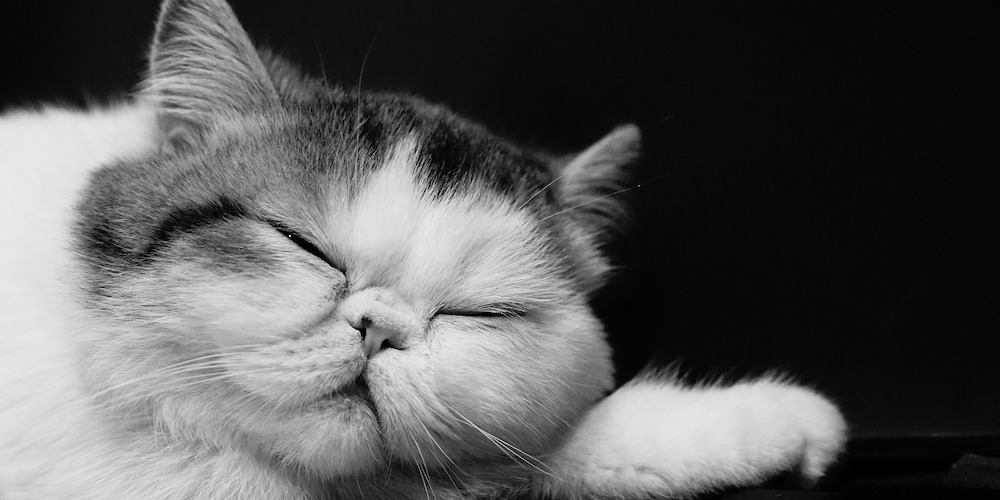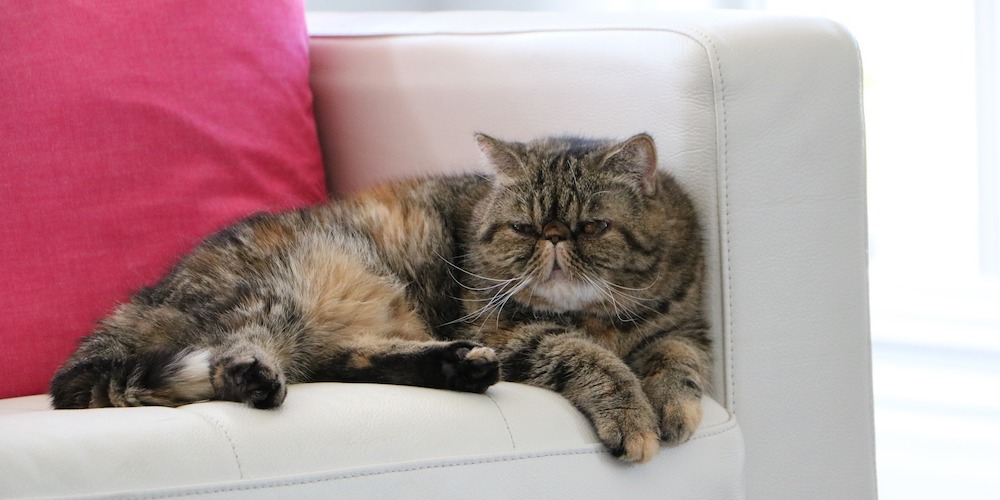The Exotic Shorthair was developed as a short-haired version of the Persian in the late 1950s. This was to improve their body type. The crossbreed gained recognition at cat shows, but unhappy breeders decided to set a breed standard that would disqualify it from their shows. However, they were finally recognised as a breed in 1966, under the name Exotic Shorthair.

The Exotic Shorthair is a medium sized cat with a large oval head, short thick neck and round flat muzzle. Its ears are small and rounded with large round eyes.
The Exotic Shorthair is a large-boned powerful cat with a broad chest sitting low to the ground. The breed has a short, dense and fluffy coat however some Exotics may carry a recessive longhair gene meaning they have a 1 in 4 chance of kittens with longhair.
They have the same gentle, affectionate and calm nature as their longhaired cousins making them great family cats. The Exotic Shorthair’s are curious, playful, good with children and happy to be left at home on their own.
The Exotic’s tear ducts are prone to overflowing due to the shape of their head. They are a Brachycephalic breed, meaning as well as issues with their tear ducts, sinus problems can also occur. Other common issues include brachycephalic airway disease, tooth misalignment or tooth crowding, calcium oxalate urolithiasis (bladder stones), dystocia (difficulty giving birth) and feline polycystic kidney disease (PKD).

Due to the overflowing of the tear duct you must periodically wipe the cat’s face with a wet cloth to avoid staining its coat. Its thick coat needs weekly brushing and combing to remove loose hair and reduce shedding and hairballs.
| Size | Medium |
| Weight | 4 kgs – 7 kgs |
| Coat | Short – Dense, fluffy coat with a recessive longhaired gene |
| Colour | The breed comes in all 96 colours of the Persian, these include black, white, cream, blue, Himalayan & tortoiseshell |
| Lifespan | 12 – 14 yrs |
| Temperament | Affectionate, playful and curious |